Pool is becoming pond, need advice
Jon Biddenback
6 years ago
last modified: 6 years ago
Related Stories

GARDENING AND LANDSCAPINGHow to Make a Pond
You can make an outdoor fish paradise of your own, for less than you might think. But you'll need this expert design wisdom
Full Story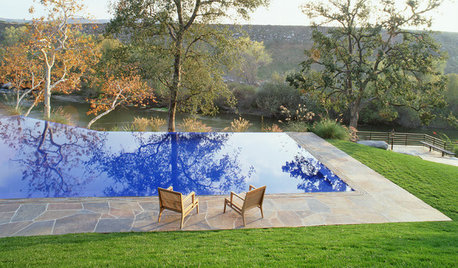
GARDENING AND LANDSCAPINGReflecting Pools as Liquid Assets
Mirroring the sky and the earth, reflecting pools and ponds heighten the sensory experience of nature in your landscape
Full Story
LANDSCAPE DESIGNNatural Swimming Pools: More Beauty, No Chemicals
Keep your skin and the environment healthy with a pool that cleans itself, naturally
Full Story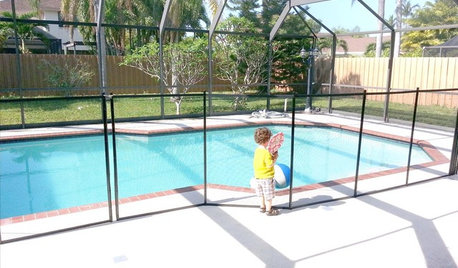
HEALTHY HOMEThese Steps Will Help Keep Kids Safe Around Pools and Spas
Implement several layers of security to prevent life-threatening accidents in and around the pool
Full Story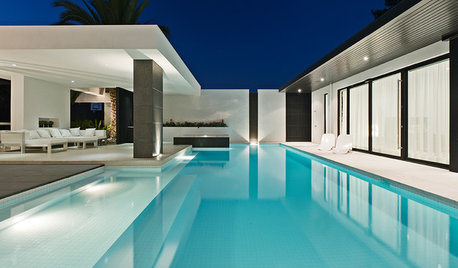
POOLSSolstice Daydream Break: 10 Breathtaking Swimming Pools
Put Jack Frost's nipping out of mind with a virtual dip in 10 covetable Australian swimming spots
Full Story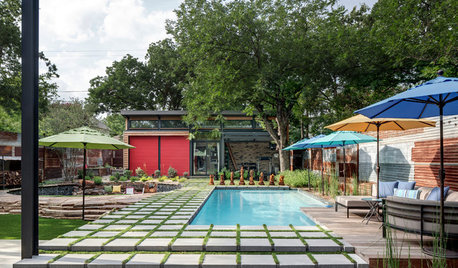
POOLSTrending Now: The 11 Most Popular New Pools on Houzz
A modern moat, submerged chaises and even a dry conversation pit have popped up in the latest most-popular pools
Full Story
MOST POPULARWhen Does a House Become a Home?
Getting settled can take more than arranging all your stuff. Discover how to make a real connection with where you live
Full Story
BASEMENTSDesign Workshop: Is It Time to Let Basements Become Extinct?
Costly and often unnecessary, basements may become obsolete — if they aren’t already. Here are responses to every reason to keep them around
Full Story
BATHROOM DESIGNDreaming of a Spa Tub at Home? Read This Pro Advice First
Before you float away on visions of jets and bubbles and the steamiest water around, consider these very real spa tub issues
Full Story
LIFEGet the Family to Pitch In: A Mom’s Advice on Chores
Foster teamwork and a sense of ownership about housekeeping to lighten your load and even boost togetherness
Full Story


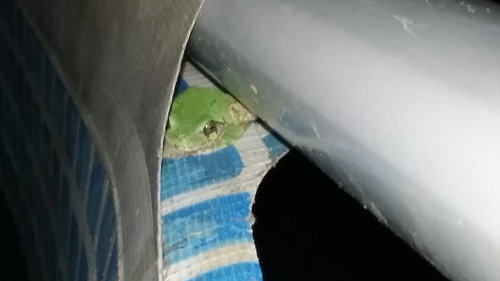

Debbie Downer
Jon BiddenbackOriginal Author
Related Discussions
Pond advice needed.
Q
Why Do Home Ponds Need All This Technology? Natural Ponds Don't
Q
Need advice on cleaning out pond !! HELP!
Q
What plants can become pond plants?
Q
Jon BiddenbackOriginal Author
Jon BiddenbackOriginal Author
tropicbreezent
Jon BiddenbackOriginal Author
tropicbreezent
Jon BiddenbackOriginal Author
Jon BiddenbackOriginal Author
tropicbreezent
Jon BiddenbackOriginal Author
tropicbreezent
Jon BiddenbackOriginal Author
Jon BiddenbackOriginal Author
tropicbreezent
Jon BiddenbackOriginal Author
Jon BiddenbackOriginal Author
tropicbreezent
Jon BiddenbackOriginal Author
Jon BiddenbackOriginal Author
tropicbreezent
Jon BiddenbackOriginal Author
tropicbreezent
Jon BiddenbackOriginal Author
Jon BiddenbackOriginal Author
Jon BiddenbackOriginal Author
tropicbreezent
Jon BiddenbackOriginal Author
GroundskeeperSmalley
Jon BiddenbackOriginal Author
Jon BiddenbackOriginal Author
tropicbreezent
GroundskeeperSmalley
Jon BiddenbackOriginal Author
GroundskeeperSmalley
Jon Biddenback
Jon Biddenback
tropicbreezent
purslanegarden
Jon Biddenback
tropicbreezent